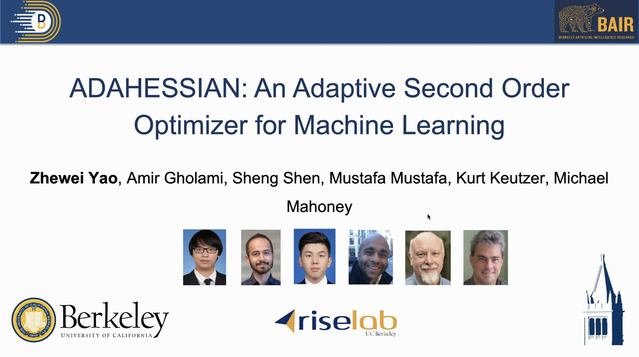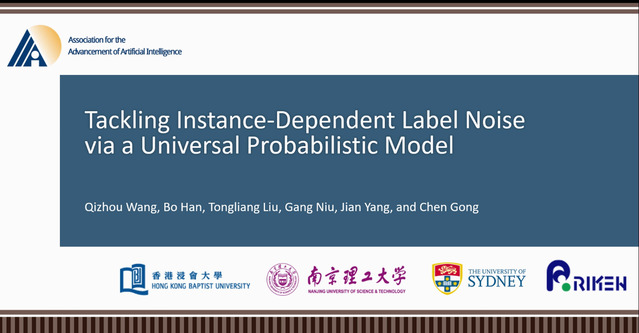Abstract:
In this paper, we propose an improved version of the anomalous sound detection (ASD) system for noisy and reverberant conditions, which was submitted to DCASE 2020 Challenge Task2. The improved system consists of three phases: feature extraction, autoencoder (AE) model, and focusing techniques. In the feature extraction phase, we used spectrograms instead of log-mel energies for more effective distinction of normal and abnormal machine sounds, and validated this feature for the baseline autoencoder model and interpolation DNN (IDNN). We also applied the focusing techniques in both train and evaluation phases, which focuses on machine-adaptive ranges of reconstructed errors for performance improvements. Through experiments, we found that our proposed ASD system outperforms baseline methods under the unsupervised learning scenario. The performance improvement was especially remarkable for non-stationary sounds; above 95% of AUC score was achieved for slider and valve sounds with the proposed system.









































